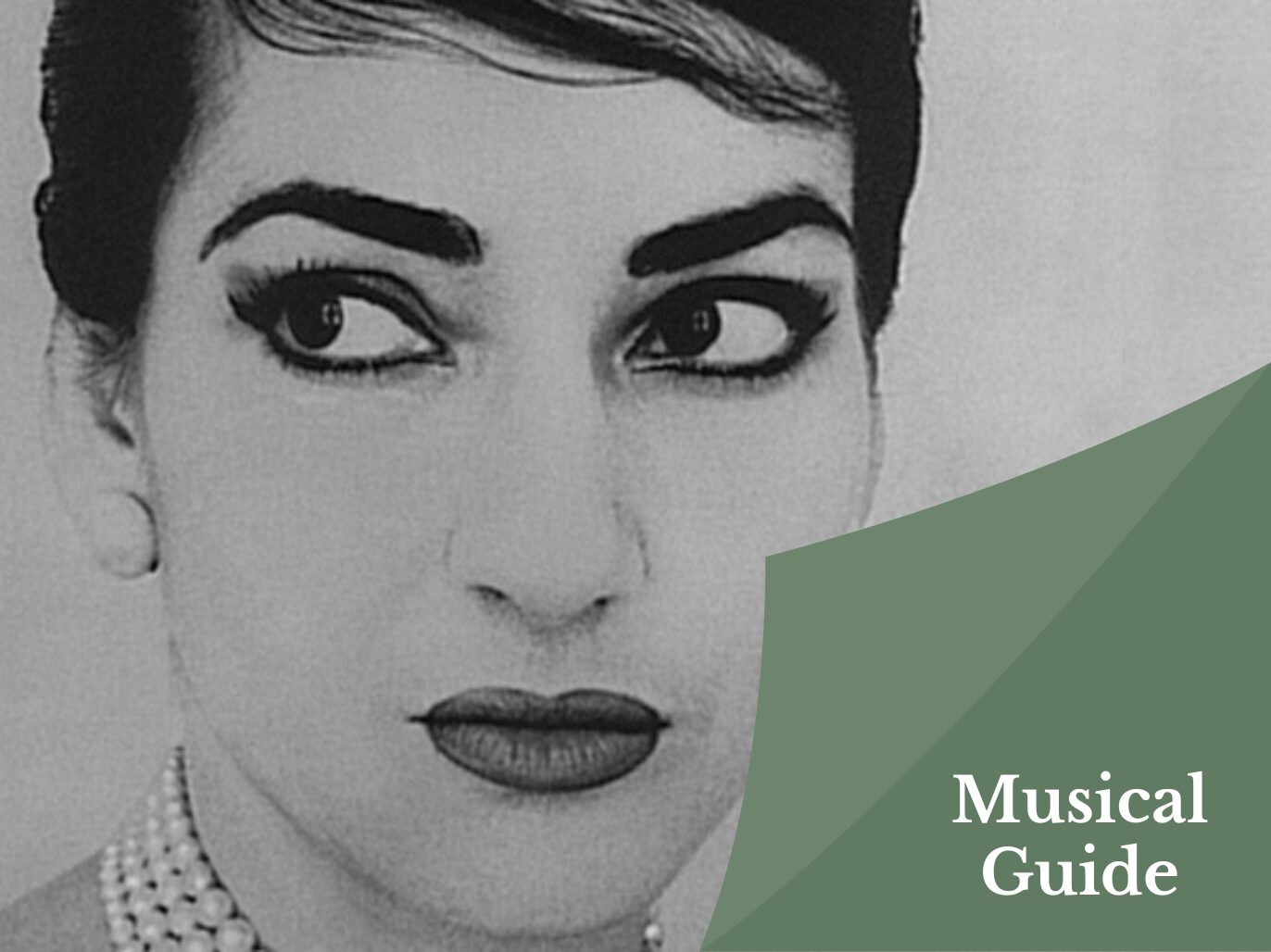Maria Callas—soprano, icon, enigma. With the upcoming release of Netflix’s biopic starring Angelina Jolie, the spotlight returns to the woman whose name is synonymous with operatic legend. Known as “La Divina,” Callas was not just a singer but a force of nature, and her fiery temperament and unparalleled artistry left an indelible mark on classical music. While her voice and presence revolutionized the art form, she was far from alone on the stage. Opera, of course, thrives on rivalry, and Callas’s career was punctuated by her encounters with her extraordinary contemporaries. From the velvet-voiced Renata Tebaldi to the technically dazzling Joan Sutherland, these five sopranos challenged and complemented Callas’s legacy, offering contrasting glimpses into the world of opera.
The Divas who challenged Maria Callas: Opera’s most legendary rivalries

